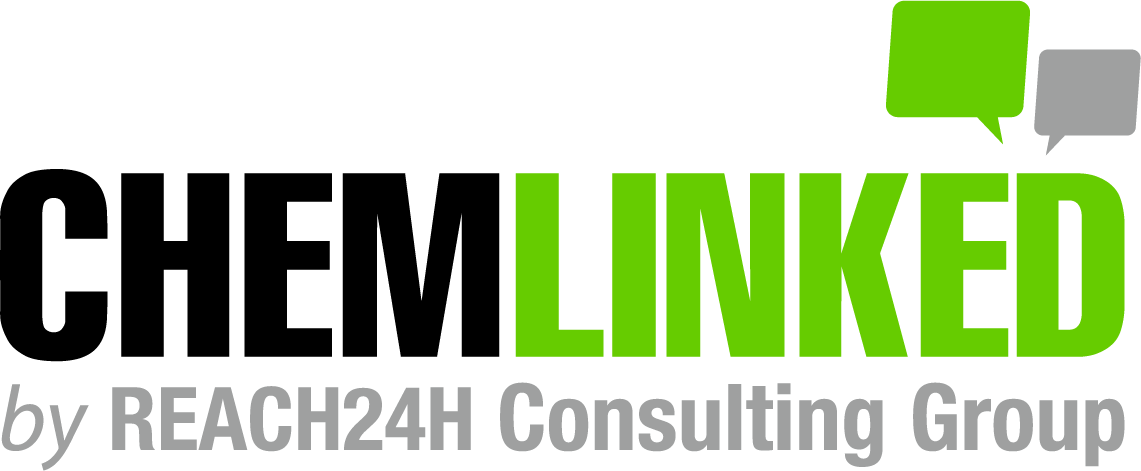1. Competent authority
Competent authority | Responsibility |
State Administration for Market Regulation (SAMR) |
|
National Health Commission (NHC) / National Center for Food Safety Risk Assessment (CFSA) |
|
General Administration of Customs of China (GACC) |
|
2. Market access approval
2.1 Import permit at state level
As long as food contact materials (FCM) are listed in the positive list or approved by NHC in official announcement and meet corresponding national standards, they are allowed to be exported to China.
2.2 Overseas manufacturer registration
As per GACC Decree No. 248, food-related products are exempted from overseas manufacturer registration.
2.3 Inspection
When the imported FCM arrive at the ports, the customs will require the Declaration of Compliance (DoC) and supporting test reports (if required by corresponding standard).
DoC is a document transferred from a supplier to downstream links in the supply chain, detailing that product meets regulatory compliance requirements. DoC should mention the corresponding regulations and standards that the product is subject to, restricted substance and its limitation, as well as the compliance of overall migration level (for products only), etc.
Besides, the customs will conduct random sampling inspection. If necessary, the products will be sampled and submitted to the relevant technical institutions affiliate to the customs for testing. If the test results are qualified, the products can be imported and circulated to the Chinese market.
2.4 New Food-related Products Registration
As per Provisions on Administration of Administrative Licensing for New Varieties of Food-related Products, for FCM neither on the positive list nor approved by NHC in official announcement, and the listed FCM that intends to expand the use scope or the dosage, it needs to apply for new food-related products registration with NHC.
Recommended resources:
Webinar: Compliance of Food Contact Materials in China: Application of New Substances
Article: Things to Know About New Food-related Products Registration in China
3. Product compliance
3.1 Product requirements
The national food safety standards specify the definition and technical requirements (ingredients, sensory requirements, physicochemical indicators, microorganism level, etc.) of FCM. Please refer to the corresponding GB standards for more details:
FCM and articles | Referenced GB standard |
Additives in Food Contact Materials and Articles | GB 9685-2016 Standard for Uses of Additives in Food Contact Materials and Articles |
Teat | |
Enamelware | |
Ceramic Articles | |
Glass Articles | |
Resins Used to Make Plastics in Contact with Foodstuffs | GB 4806.6-2016 Resins Used to Make Plastics in Contact with Foodstuffs |
Plastic Materials and Articles in Contact with Foodstuffs | GB 4806.7-2016 Plastic Materials and Articles in Contact with Foodstuffs |
Paper and Paperboard in Contact with Foodstuffs | GB 4806.8-2016 Paper and Paperboard in Contact with Foodstuffs |
Metal Materials and Articles in Contact with Foodstuffs | GB 4806.9-2016 Metal Materials and Articles in Contact with Foodstuffs |
Paints and Coatings in Contact with Foodstuffs | GB 4806.10-2016 Paints and Coatings in Contact with Foodstuffs |
Rubber Materials and Articles in Contact with Foodstuffs | GB 4806.11-2016 Rubber Materials and Articles in Contact with Foodstuffs |
3.2 Label
The labeling requirements for FCM specified in GB 4806.1-2016 General Safety Requirements for Food Contact Materials and Articles are as follows:
The labeling items should contain product name, materials, compliance statement of related regulations and standards, the name & address & contact information of the producer and/or the entrusting party, production date and guarantee period (application date), etc.
Words such as "for food contact use" and "for food package use" should be instructed on FCM and articles, or the mark of spoon and chopsticks should be stamped or pasted. For products that have specific usage requirement, information of usage method, matters for attentions, application scope, use environment and temperature should be indicated. For products that have definite use conditions in the related standards or may result in high food safety risk when the products are used beyond the use conditions, the use conditions should be indicated in special or distinct ways so that the users can handle, exhibit, store and use the product safely and correctly.
The labeling information should be preferentially marked on the product or on the product label. The label should be marked at a distinct place on the minimum sale package. If it is not accessible to mark all the identification information on the product or product label owing to technical problems, the information should be provided in the product instructions or the enclosed files.
Besides, the corresponding product standards also set additional labeling requirements. Take teat for example, as per GB 4806.2-2015 Teat, in addition to meeting the requirements stated in GB 4806.1-2016 General Safety Requirements for Food Contact Materials and Articles, "this product contains natural latex" shall also be indicated if applicable.
ChemLinked has well served hundreds of global food enterprises in terms of market access. Please feel free to contact us if you need any assistance on new FCM substance application, the preparation of DoC, or any other related issue.








